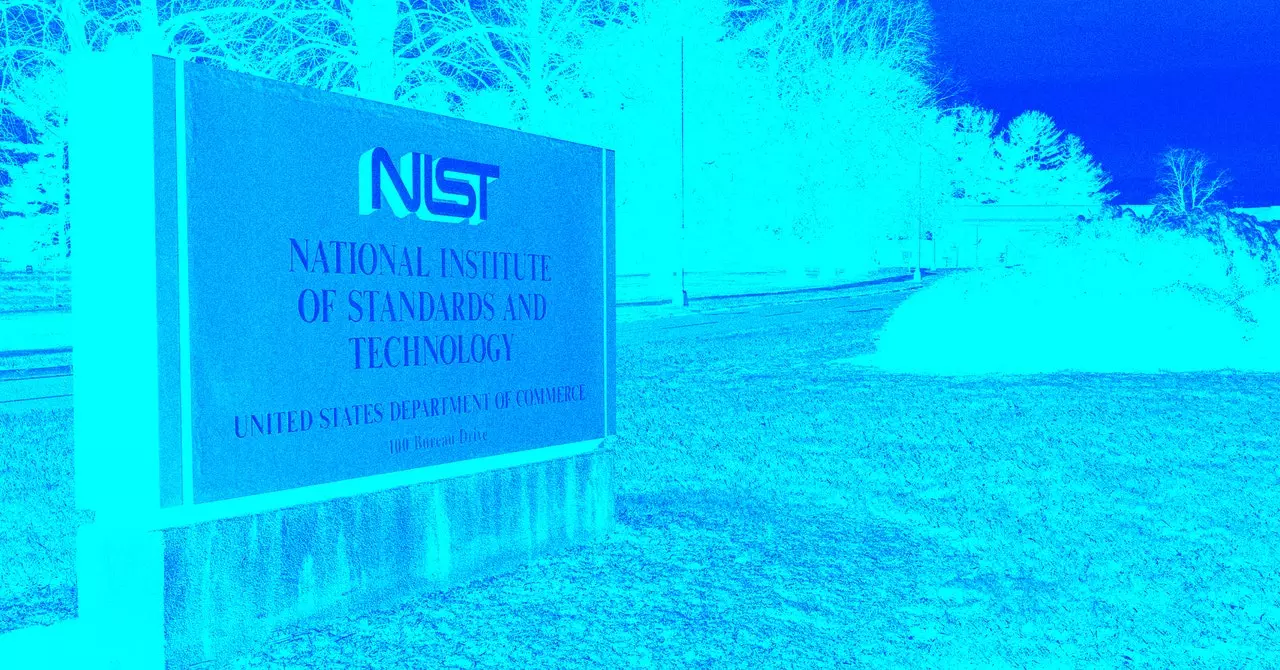The National Institute of Standards and Technology (NIST) plays a critical role in the United States’ scientific and technological landscape. By establishing benchmarks for a variety of industries—from cosmetics to advanced computing—NIST ensures that products are not only safe but also reliable. As a non-regulatory agency under the Department of Commerce, the organization is integral to the U.S. economy and technological innovation. However, recent developments hint at a shake-up that could cripple its ability to function effectively.
Since the inauguration of President Donald Trump, the agency has been apprehensive about the future of its workforce. Reports suggest that budget cuts proposed under Trump’s administration, including directives from advisors like Elon Musk, could soon translate into sweeping layoffs. These changes are concerning, not just for the employees, but for anyone relying on NIST’s services and assessments to ensure public safety and technological integrity.
Signs of Change: Layoffs on the Horizon
Recent insights from current and former NIST employees suggest that significant layoffs may be imminent. Reports earlier this week indicated that up to 500 employees—primarily those in a probationary phase—could be let go as the agency grapples with shifting policies and priorities. This news has ignited fears among employees who rely on NIST’s stability for job security and effective operation.
The National Institute’s situation deteriorated further when it was reported that representatives from an organization referred to as DOGE were observed on the NIST campus. Employees speculated that DOGE was there to assess NIST’s IT systems—an alarming sign indicating that the agency’s internal operations may be at risk of external influences. A sense of unease pervaded the organization, as it was communicated that, although DOGE representation was not physically present, preparations for their access and presence were underway. This sort of disruption amplifies concerns regarding the future of NIST’s vital standards and safety protocols.
One area particularly vulnerable to these cuts is the U.S. AI Safety Institute (AISI). Established in the wake of former President Biden’s executive order on artificial intelligence, AISI’s aim was to closely analyze and mitigate the risks posed by AI technologies. With about two dozen staffers, the institute served as a vital link between emerging tech companies and necessary government oversight. However, after Trump’s assumption of office, there has been a marked decline in federal focus on AI safety, further exacerbated by the recent leadership departures within the institute.
Key figures tied to AISI and related projects, such as Elizabeth Kelly, Reva Schwartz, and Elham Tabassi, have recently left their roles. The resignation of experienced personnel raises doubts about the efficacy and commitment of the agency to AI safety, especially as the vice president signaled a clear intention to deprioritize these issues in his recently delivered speech. The absence of AISI’s presence at significant gatherings like the AI Action Summit reflects a broader trend of governmental disengagement from critical technological oversight.
As the contemplated layoffs loom, the implications extend beyond just the workforce. The potential erosion of knowledgeable leadership within NIST could yield disastrous consequences across various sectors reliant on the agency’s benchmarks. Layoffs targeting skilled technical experts—often celebrated for their contributions—reinforce a troubling future for NIST’s operational dynamics. The disconnect between current administration goals and the agency’s established mandates could hinder U.S. progress in both safety standards and technological advancements.
Furthermore, the fallout from these changes suggests a deeper philosophical conflict within the federal government about the role of regulatory agencies in an era increasingly dominated by rapid technological advancement. With the focus seemingly shifting to deregulation and economic expediency, much critical analysis is warranted regarding how these decisions align with the nation’s long-term interests in safety and reliability.
Looming layoffs at NIST underscore a pivotal shift in national priorities that could fundamentally undermine the agency’s mission. By jeopardizing its workforce and diminishing its influence on vital areas such as AI safety, the current administration is steering the course of not only technological regulation but also public trust and safety. As we reflect on these developments, it becomes increasingly vital to advocate for a balanced approach that champions both innovation and comprehensive risk assessment. The stakes are too high for complacency in a landscape where technological advancement necessitates careful guidance and oversight.


Leave a Reply